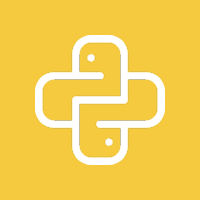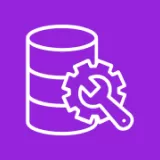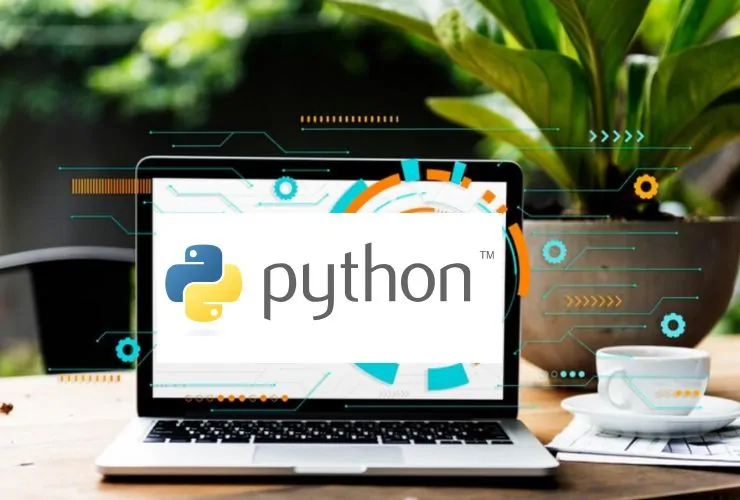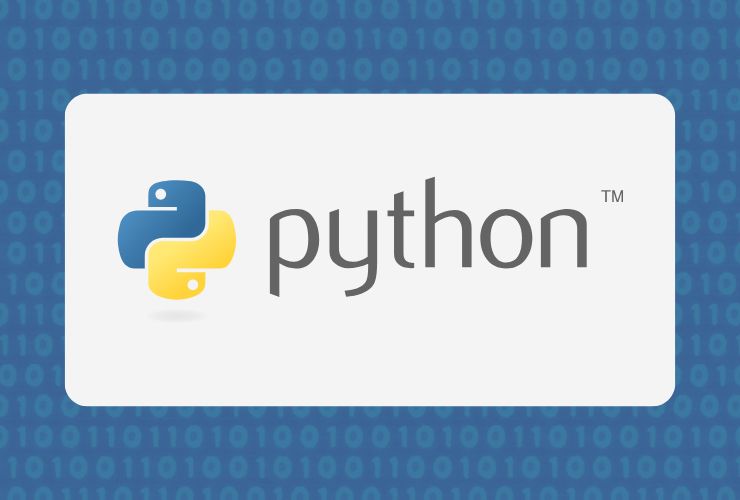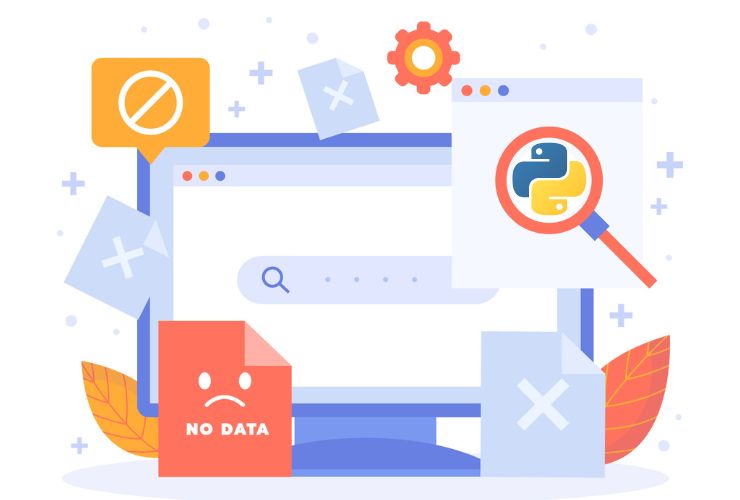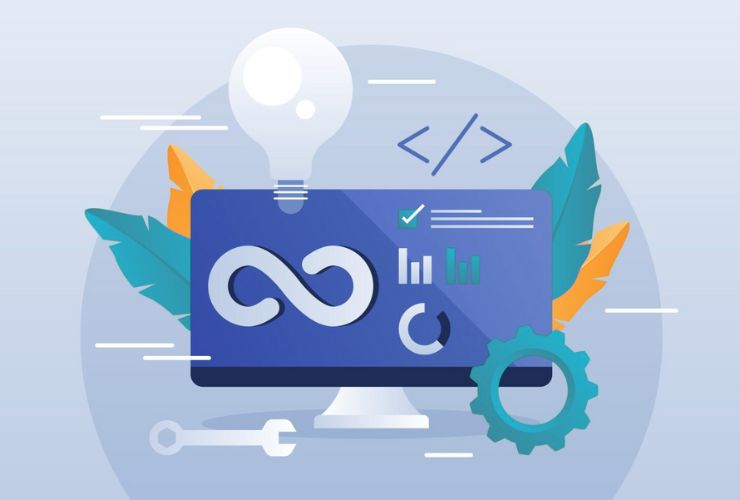Web scraping refers to the method of automatically extracting information from online websites. If you are working with data (e.g. researching, price tracking, news articles, or collecting data for a machine learning project) web scraping is a very useful method. Instead of copying and pasting information and data you can automate the process to get the information through scripts.
One of the more popular programming languages for web scraping is Python due to its relative simplicity and powerful libraries. One of these libraries is BeautifulSoup, it is used to parse through and traverse the content of HTML files.
This article outlines the basics of web scraping using Python and BeautifulSoup from setting up your environment to building your first working scraper.
What is BeautifulSoup?
BeautifulSoup is a library that is purely for parsing HTML and XML documents through the Python programming language. BeautifulSoup creates a parse tree from the page source; this permits one to easily search for tags, classes, IDs, or even more complex attributes in such documents. Whether you want to scrape article titles, product prices, or table data, BeautifulSoup does that with some lines of code.
Its beginner-friendly, intuitive syntax means you won’t have to rely on regular expressions or know much about web protocols to use it effectively. The requests library makes it possible to fetch web content through HTTP requests.
Set Up Your Environment
Before going further into web scraping, ensure installations of Python on your local machine. Afterwards, you will need to install two main libraries: requests and beautifulsoup4.
- Requests: This library makes it simple for you to send HTTP requests to a server and receive the HTML content of that server in response.
- BeautifulSoup4: This is the latest version of BeautifulSoup, which parses and processes HTML.
You can install both through pip. These libraries work collectively for fetching the data and extracting the desired content.
Web Scraping Scenario in Four Steps
To give you an idea of how this operates in the real world, we can break it down into four easy steps:
1. Import Libraries
We need to import our libraries first. We are going to need the setup of our libraries for making requests and parsing.
2. Requesting the Page
We send a request to the website’s server and retrieve the content of the page. When the server responds, it will hopefully return a success response which means it sent back the HTML data of the page and that is the raw source we will retrieve the data from.
3. Parsing the HTML
After receiving the HTML data, we will parse it using BeautifulSoup and we will create a representation of the HTML elements from the page. Now we will have a structured representation of the various elements in the page which will help us locate specific elements like titles, links or table rows.
4. Extract The Data
Once the page is parsed, you can extract specific data points. For example, if you want to collect all article titles from a blog, you might look for all <h2> tags. You can then loop through them and retrieve the text. This basic flow can be adapted to scrape all kinds of information, from job listings and news articles to product details and reviews.
Guidelines for Responsible and Safe Web Scraping
While web scraping can be powerful, it is essential to be ethical in its use. Here are a few guidelines:
- Obey the website’s terms of service: Always check for and understand a site’s robots.txt file to determine which parts of the site may or may not be crawled or scraped.
- Do not overload servers: If you can use sleep or timeout processes to slow your requests down, do it!
- Use the headers appropriately: Send at least user-agent headers to make your scraper seem like a regular browser and help avoid being blocked by basic anti-bot systems.
- Handle errors and exception cases: Websites can change over time or can go offline unexpectedly. Write code to allow you to handle failed requests, or potentially missing data.
Conclusion
Using Python and BeautifulSoup for web scraping is a practical and accessible skill. It allows you to automate the process of collecting data from websites. With just a basic understanding of HTML and Python, you can start writing scripts to extract and analyze information from almost any site.
This tutorial covered the essentials of web scraping. You learned how to set up your environment, parse HTML, and extract data. As you gain experience, you can explore more advanced techniques. These include scraping paginated content, handling JavaScript-rendered pages, and integrating your data with databases or APIs.
Remember to scrape responsibly; scrapers should always be mindful of what sites allow for automated requests. With that being said, it’s time to begin, and start web scraping!


